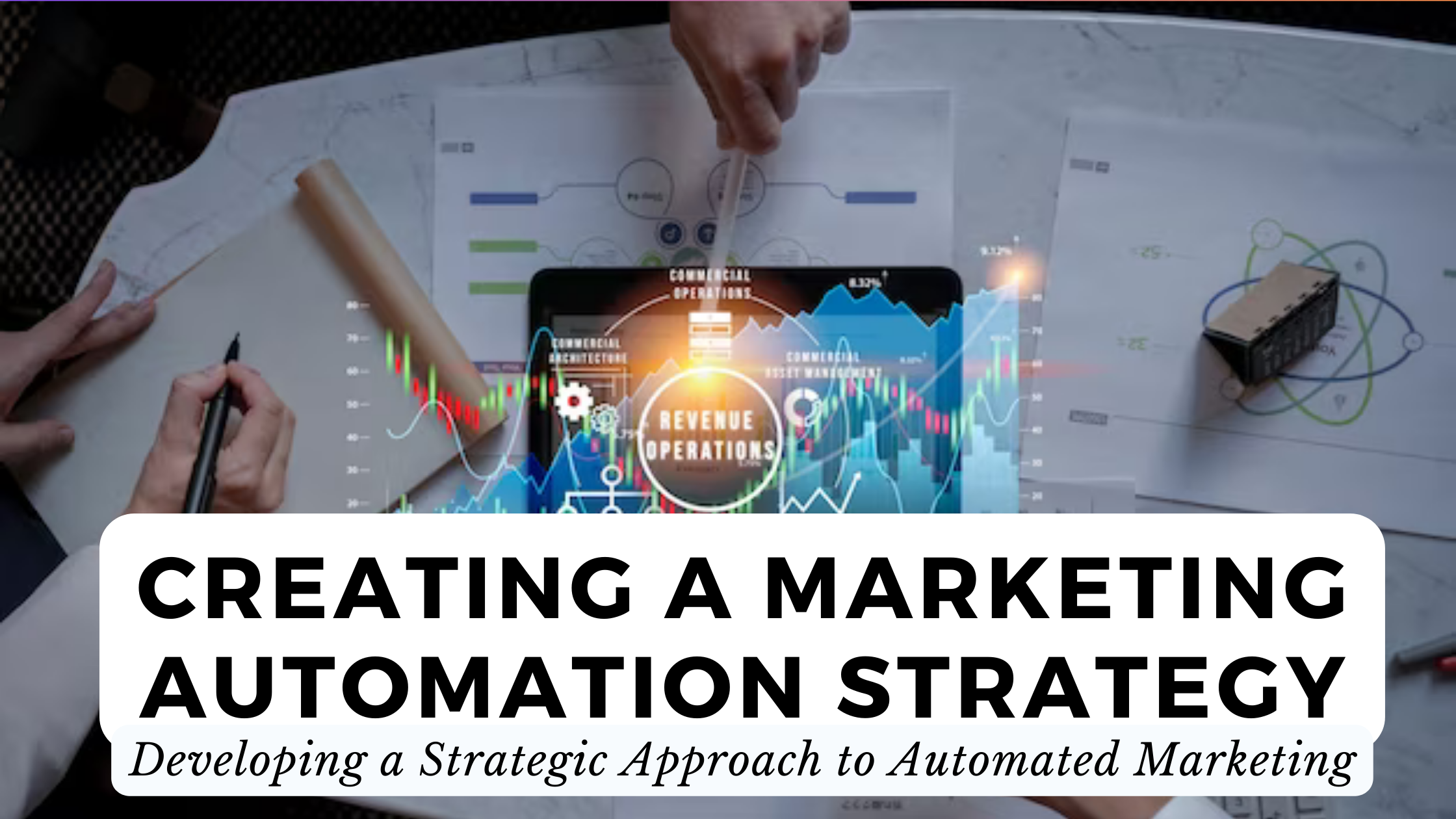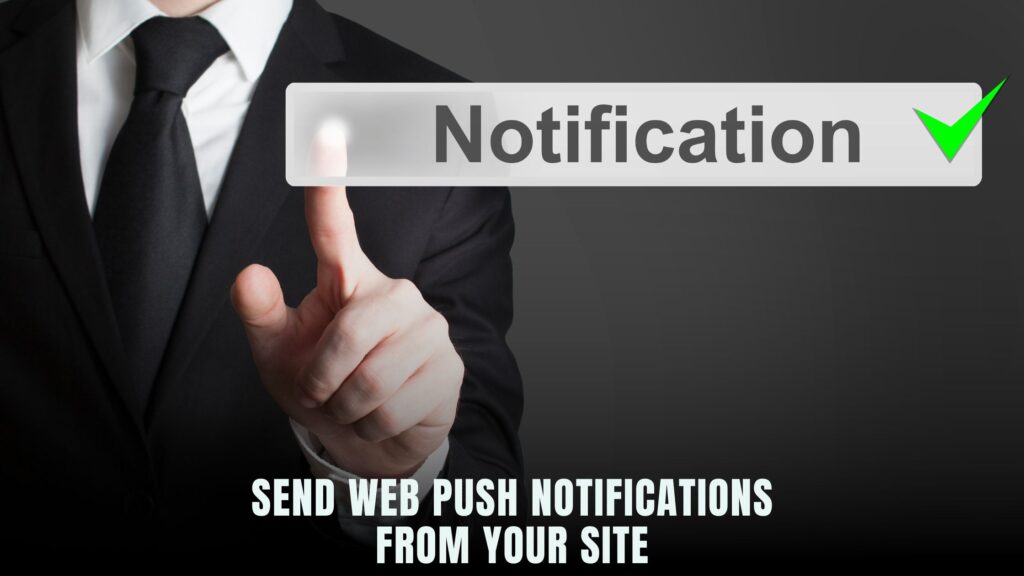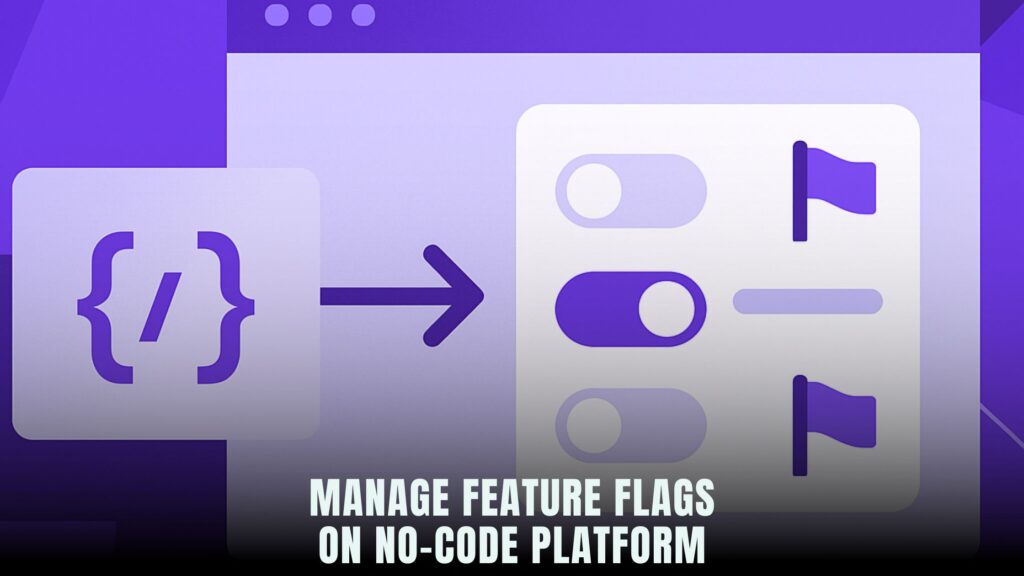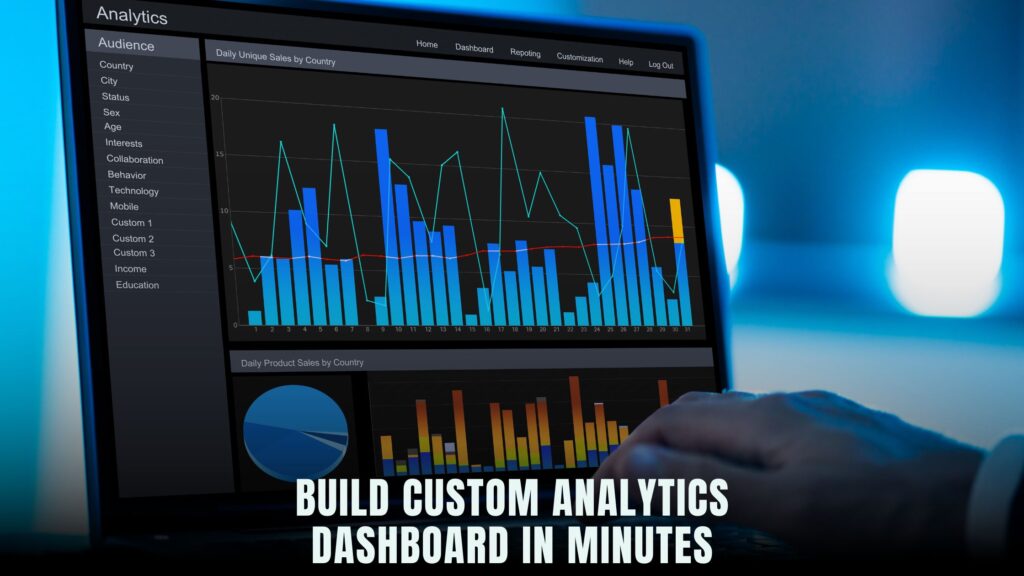Creating a Marketing Automation Strategy: Developing a Strategic Approach to Automated Marketing
- Conversational Marketing Software SEO Software Affiliate Marketing Software Marketing Tools


Creating a Marketing Automation Strategy: Developing a Strategic Approach to Automated Marketing
In the rapidly evolving landscape of digital marketing, crafting an effective marketing automation strategy is imperative for businesses seeking scalability and efficiency. This comprehensive guide explores the intricate process of developing a strategic approach to automated marketing and introduces top-tier SaaS products to propel your marketing efforts.
A well-defined marketing automation strategy not only streamlines processes but also empowers organizations to deliver personalized, targeted, and timely messages to their audience. In this article, we will explore the essential steps to develop a robust marketing automation strategy that aligns with your business goals.
- Define Clear Objectives: Begin by clearly defining your marketing objectives. Whether it’s lead generation, customer retention, or increasing sales, understanding your goals will guide the development of a targeted and effective automation strategy.
- Understand Your Audience: Develop detailed buyer personas to understand the needs, preferences, and behaviors of your target audience. This insight will inform the customization of your automated campaigns to resonate with specific segments of your audience.
- Select the Right Automation Tools: Choose a marketing automation platform that aligns with your business needs and goals. Consider factors such as ease of use, scalability, integration capabilities, and the specific features required for your strategy.
- Map Out the Customer Journey: Visualize and map out the customer journey from awareness to conversion and beyond. Identify touchpoints where automation can enhance the customer experience, from automated welcome emails to post-purchase follow-ups.
- Segment Your Audience: Utilize segmentation to divide your audience into distinct groups based on demographics, behaviors, or preferences. This enables you to deliver targeted and personalized messages that resonate with specific segments of your audience.
- Content Personalization: Leverage automation to personalize your content based on user behavior and preferences. Tailor your messages, emails, and offerings to create a more personalized and engaging experience for your audience.
- Implement Lead Scoring: Develop a lead scoring system to prioritize and identify qualified leads. Assign scores based on engagement levels, interactions, and behaviors, allowing your sales team to focus on leads most likely to convert.
- Integration with Other Systems: Ensure seamless integration with other business systems, such as CRM software. This integration facilitates a unified view of customer data and enables a cohesive approach to customer engagement across all touchpoints.
- Create Compelling Content: Develop high-quality, engaging content that aligns with your brand and resonates with your audience. Use automation to schedule the delivery of content, such as blog posts, newsletters, and social media updates, at optimal times.
- Measure and Analyze Results: Implement robust analytics to measure the performance of your automated campaigns. Track key metrics such as open rates, click-through rates, conversion rates, and customer engagement. Use this data to refine and optimize your strategy over time.
- Iterate and Optimize: Marketing automation is not a one-time implementation; it’s an ongoing process of refinement. Regularly review the performance of your campaigns, gather feedback, and iterate on your strategy to ensure continued success and relevance.
Key Components of a Robust Marketing Automation Strategy
1. Customer Segmentation:
- Utilize HubSpot to segment your audience based on demographics, behavior, and engagement, enabling personalized and targeted communication.
2. Email Marketing Automation:
- Leverage Mailchimp for automated email campaigns, ensuring timely and relevant communication with your audience.
3. Lead Generation and Tracking:
- Implement Unbounce to create high-converting landing pages and Leadfeeder to track website visitors, turning them into potential leads.
4. Social Media Management Automation:
- Streamline social media efforts with Buffer to schedule posts and Hootsuite to manage and analyze social media engagement.
5. Analytics and Reporting:
- Measure and analyze campaign performance using Google Analytics, gaining insights for continuous improvement.
Conclusion
Developing a marketing automation strategy is not a one-size-fits-all approach; it requires meticulous planning, execution, and adaptation. By incorporating these SaaS tools, businesses can streamline their marketing processes, enhance customer engagement, and achieve sustainable growth.
As you embark on refining your marketing automation strategy, Subscribed.FYI is your go-to resource. Sign up for free on Subscribed.FYI to unlock exclusive deals on over 100 SaaS tools, providing significant savings of $100,000+ per year. Manage your subscriptions effortlessly, compare tools side by side, and make informed decisions tailored to your business needs.
Transition smoothly to Subscribed.FYI and optimize your SaaS stack for unparalleled efficiency. Your secret deals and comprehensive insights await – sign up today!
Relevant Links:
- HubSpot
- Mailchimp
- Unbounce
- Leadfeeder
- Buffer
- Hootsuite
- Google Analytics
- Subscribed.FYI
- Subscribed.FYI Deals











